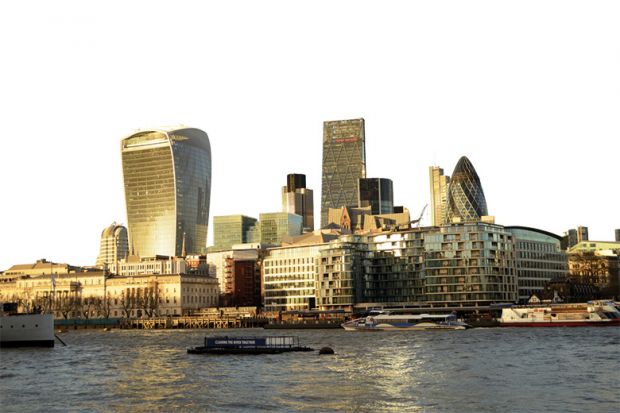When I moved to London four years ago, I didn’t think that I would find a community. North of Watford, it is commonly understood that London is an unfriendly and unpleasant place, with lots of rich powerful people “having it large”. Within a week of arriving, I realised that my assumptions had been wrong. The local pub, the nail salons and the cafes were full of the same faces I have always known: builders, gas fitters, cleaners, hairdressers and beauticians.
Just like anywhere else in the UK, these are working-class local people, going about their daily working lives and returning to their communities and using them to socialise. In a global city, feeling that you belong is important for survival. I found that London, like everywhere else in the UK, has close-knit and thriving communities of people with long generational memories of their local areas and inhabitants, people who have settled from all over the world. Now London is their home, and their children, grandchildren and even great-grandchildren are very much Londoners. The people who I know in my local community in London are not “cosmopolitans” experiencing a global city – they work in local shops, they clean local office buildings, they cut and blow-dry local women’s hair, they work in nail bars and in other local businesses – and they are just about hanging on.
Anna Minton’s Big Capital uncovers the processes of extracting the most value out of a global city – a process that I would argue can be described as social cleansing. Her work shows clearly how this process values people only for their wealth, how much they earn and how much square footage they take up. The question that local government officials in London are constantly asking is “Are they worth it?” – and sadly, Minton’s book shows us clearly that they are not.
The people of Cressingham Gardens in Lambeth have been fighting for almost five years to stop their local council – a Labour-run council – from demolishing their homes. In truth, all political persuasions within London accept the practice of working with private developers on demolition of council housing, although, as Minton shows, this is known as “regeneration”. She traces the unbelievable story of the Heygate estate in Southwark. Before “regeneration”, it was home to 2,000 people; their housing was council-run and genuinely affordable. It has since been demolished and the residents have been scattered, while mostly luxury apartments stand in its place.
In her last chapter, Minton asks: “Who has the right to the city?” This, she argues, is already an important question in London, but as property speculation continues it will become an urgent question all around the world as the politics of space come to the forefront of the struggle for dignity.
The recent Grenfell Tower tragedy shows us the worst of a society that values people only for their wealth. Sadly, it also puts in stark relief the UK’s great shame – the disgraceful and continuing lack of provision of and care for housing for working-class people, and the deplorable reluctance to make it a priority.
Big Capital adds to what must be a commitment to change. It lays out clearly that the struggle for space will be at the top of the agenda within large cities, although it doesn’t acknowledge that this is a class struggle and that the property speculation happening in cities amounts to a form of social and ethnic cleansing.
Lisa Mckenzie is research fellow in the department of sociology at the London School of Economics.
Big Capital: Who Is London For?
By Anna Minton
Penguin, 192pp, £8.99
ISBN 9780141984995
Published 1 June 2017
Register to continue
Why register?
- Registration is free and only takes a moment
- Once registered, you can read 3 articles a month
- Sign up for our newsletter
Subscribe
Or subscribe for unlimited access to:
- Unlimited access to news, views, insights & reviews
- Digital editions
- Digital access to THE’s university and college rankings analysis
Already registered or a current subscriber?
